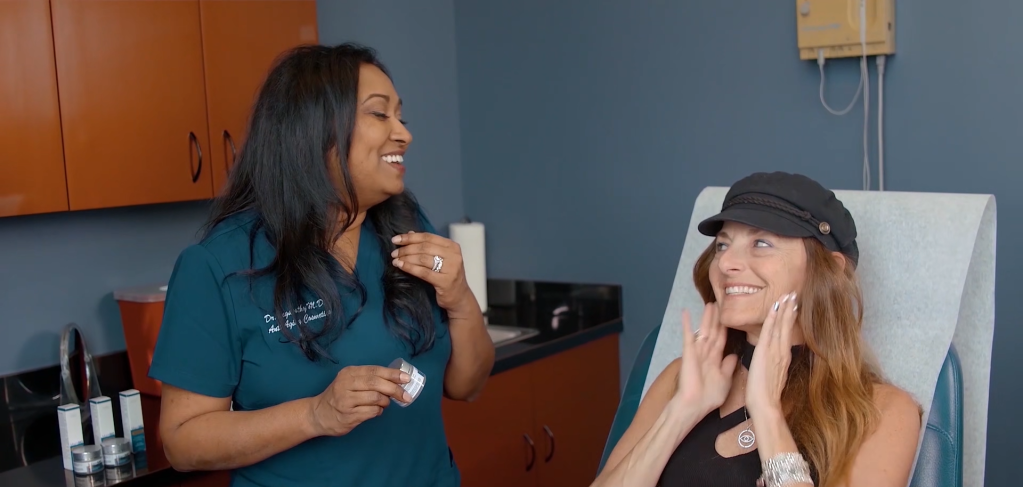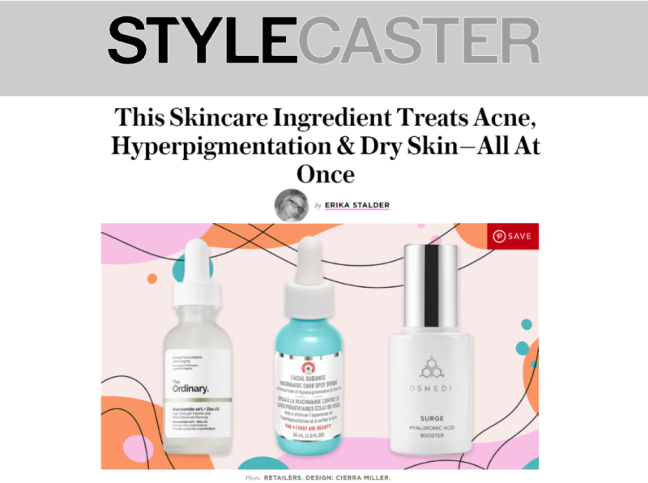What You Should Know About Laser Fat Removal

Fat is a normal part of life. Even the most fit people have fat somewhere on their bodies, even if it is in small amounts. Where that fat is located, and how much is there, can have a major impact on how the body is shaped and how you feel about yourself.
That’s why so many people have been turning to nonsurgical procedures, like laser fat removal. Is it worth it? Miami Skin Institute digs deep into the process and its possible results so that you don’t have to.
Is Laser Fat Removal The Same As Liposuction?

Essentially, laser fat removal is the less invasive version of liposuction. Because lasers do not penetrate as deep into the fat tissue as surgery/liposuction, fat reduction results tend to be more subtle. The upside to laser fat removal, when compared with liposuction, is that it requires far less downtime, zero hospital stay, lower cost, and virtually no risk.
Liposuction is the traditional fat removing method for those wanting to either boost or take the place of major diet and exercise changes. Liposuction can also be performed for people who are so overweight that diet and exercise alone simply won’t work. It can be performed on a few different sites on the body – the abdomen, thighs, back, arms, butt, hips, and even under the chin. While some people will have liposuction done with other plastic surgery procedures, like face lifts or tummy tucks, it can also be done on its own.
The major difference between laser fat removal and liposuction, other than how invasive they are, is who is a candidate for each. The qualifications for liposuction are strict, with most surgeons requiring that you already have firm, elastic skin, and not be a smoker. It is a full, surgical procedure where you are completely under anesthesia, and should be considered that way. There are plenty of risks that come with major surgery like that, so the decision to go ahead with liposuction shouldn’t be taken lightly.
Laser fat removal is minimally invasive, on the other hand. Nearly everyone qualifies, after they are given clearance by their medical doctor. You also won’t have to go under anesthesia, which massively reduces the risks involved.
So What Exactly is Laser Fat Removal?

Laser fat removal is sometimes referred to as laser lipolysis (basically, the breakdown of fat). It is considered minimally invasive, because there is no cutting or needles involved. The procedure works by using different wavelengths of fiber-optic lasers to produce heat. When that heat is directed to specific areas of the body, that heat essentially “melts” body fat.
In addition to melting away fat, the heat also helps trigger the body to start increasing its production of collagen. Collagen is a protein that is made naturally by the body, making up about a third of the total protein present. While it does a lot of important things for the body on a musculoskeletal level, it is also important to maintain the aesthetics of the face. It is collagen that makes the skin look firm, full, and youthful. When the collagen level starts to decline, dark circles become more apparent, the skin can start to sag, and the skin’s natural radiance starts to dull. With laser fat reduction, the heat generated can often tighten the overlying skin when the fat beneath it is reduced, creating a beautiful, smooth new body contour.
The best candidate for laser fat removal is someone who has either already started or is planning to commit to starting a diet and exercise routine. It is also best for those who are interested in treating fat deposits in specific areas of the body, as opposed to wanting overall fat loss.
How Does Laser Fat Removal Work?

The heat that melts the fat cells in the body works so well because it is able to target specific cells without impacting the cells around it. While there are different types of laser fat removal machines out there, they all work essentially the same way.
Each laser beam is designed to penetrate the fat cells, deflating them. As they deflate and reduce in size, the result is that those overall fatty deposits start to shrink. The fat cells remain in the body, but the insides of those fat cells are released into the interstitial fluid, and eventually flushed out by the lymphatic system.
When you go through the laser fat removal process, you’ll have to be in your underwear. Your medical provider will direct the lasers to the areas that need treatment, and you’ll just get to lay there and relax! There is often no pain involved during the process. There should be no pain after the procedure as well. It’s important to make sure that you’re drinking plenty of water, as this will help the body flush out the insides of the fat cells’ fluids.
How Long Does Laser Fat Removal Take?

Once you’ve decided on laser fat removal and found a qualified, licensed board-certified aesthetic physician to supervise the procedure for you, one of the next questions is exactly how long you can expect it to take. While these are questions that you should ask your medical provider, as well as asking for an estimate of the cost that may be involved, there are some general averages.
A single laser fat removal treatment takes about 30-45 minutes. However, while that doesn’t sound like a lot of time, many lasers require repeat treatments to optimize and maintain results.
The results that can be achieved by a laser fat removal system are varied, although all FDA-approved fat reduction lasers do have studies proving their effectiveness.
In Summary
Miami Skin Institute can help keep your facial skin looking youthful, firm, and radiant throughout your lifetime. In conjunction with a regular skin care routine, you can help fight off the visible signs of aging with injectable and laser treatments. While aging is a normal part of life, you can now “age gracefully” by minimizing the effects of skin aging nonsurgically and very effectively.
Most recently however, we have been able to combat many of the cosmetic signs of an aging body as well! So whether you are suffering from excess weight, cellulite, or specific fat deposits, our Vanquish ME®, Qwo®, or Kybella® (or all three) may be right for you!
Sources:
https://www.webmd.com/beauty/cosmetic-procedure-liposuction#1
https://www.webmd.com/skin-problems-and-treatments/ss/slideshow-collagen-and-your-body
https://www.nih.gov/news-events/news-releases/nih-researchers-find-new-clues-about-aging














